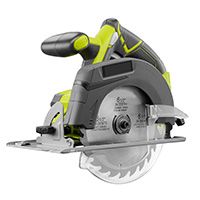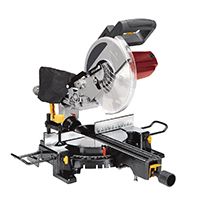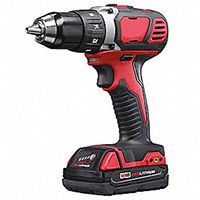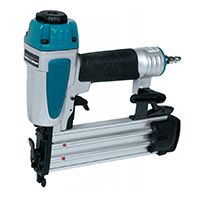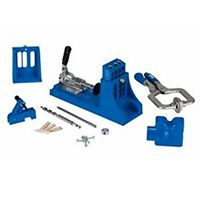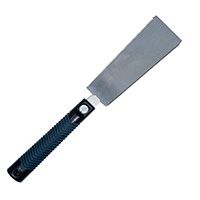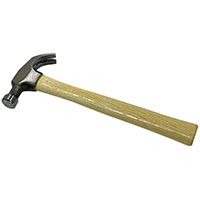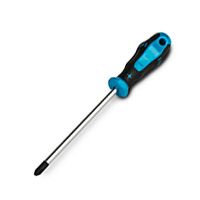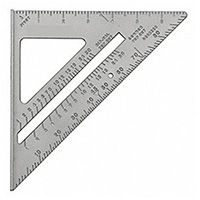Project details
Skill
Cost
Estimated Time
We may be compensated if you purchase through links on our website. Our team is committed to delivering honest, objective, and independent reviews on home products and services.
Custom built-in shelving units can transform a room, especially if you have a difficult or awkward television and seating layout. In the video above, DIY Expert & House One editor Jenn Largesse shows how to build custom shelving units around an existing fireplace mantel that will house the television, hide cords, and create a beautiful focal point for the space. You can also follow our step-by-step guide below on how to build a custom built-in shelving unit.
Materials for a Built-In Shelving Unit
Gather all necessary materials before starting this project. Here’s a list of items you’ll need.
- (5) 3/4″ x 4′ x 8′ sheets of plywood
- (4) 1/4″ x 4′ x 8′ sheets of plywood
- (4) 1′ x 2′ x 9′ boards
- (8) 1′ x 2′ x 8′ boards
- (2) 8-foot lengths of baseboard
- (2) 8-foot lengths of crown molding
- (5) Custom Shaker doors
- (5) Door pulls
- (10) European frameless inset hinges
- 1 1/4″ Pocket hole screws
- Pocket hole plugs
- Wood filler
- Wood glue
Tools
To successfully complete this custom built-in shelving unit, you’ll need the tools listed below:
- Circular saw
- Drill/driver
- Flush cut saw
- Hammer
- Miter saw
- Phillips screwdriver
- Pneumatic nail gun
- Pocket hole jig
- Random orbital sander
- Square
Steps for Building Custom Built-In Shelving Units
Follow this guide to help you through the process.
Step 1: Size the Parts
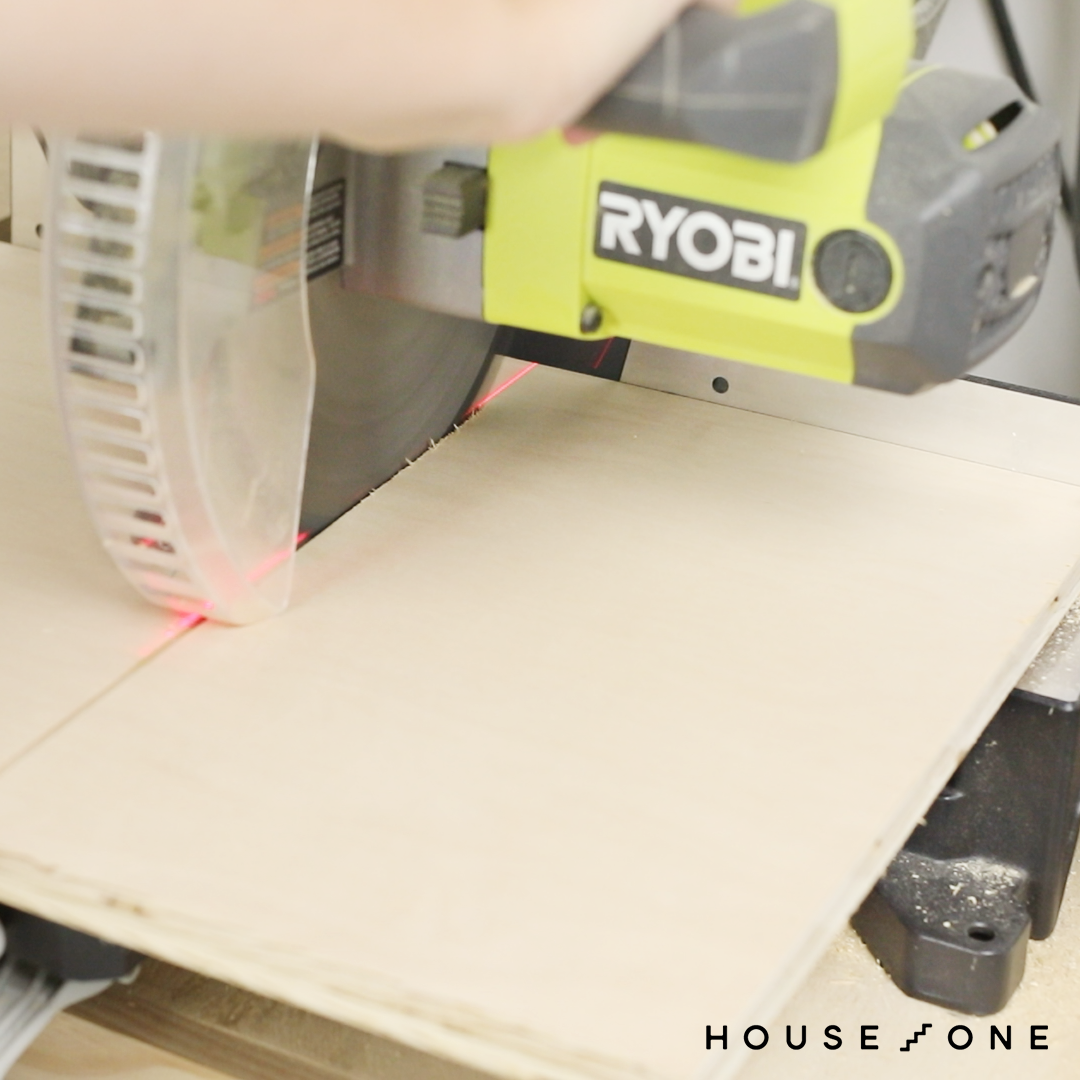
Begin by cutting your materials to size. Measure twice and cut once to avoid wasting materials.
- Use ¾-inch plywood for the main structure, ripping it into 16-inch-wide strips for the sides, shelves, and cabinet dividers.
- For sturdy construction, drill pocket holes into the ends of the shelves and the top edge of each divider. This will make assembly much easier in later steps.
- For taller units, you may need to extend the height of cabinet sides. Use pocket holes to join additional pieces, then fill the holes with wood glue and plugs.
- After the glue dries, trim the plugs with a flush-cut saw and sand smooth.
- For a more polished look, use wood filler on less noticeable pocket holes.
Step 2: Mark the Sides
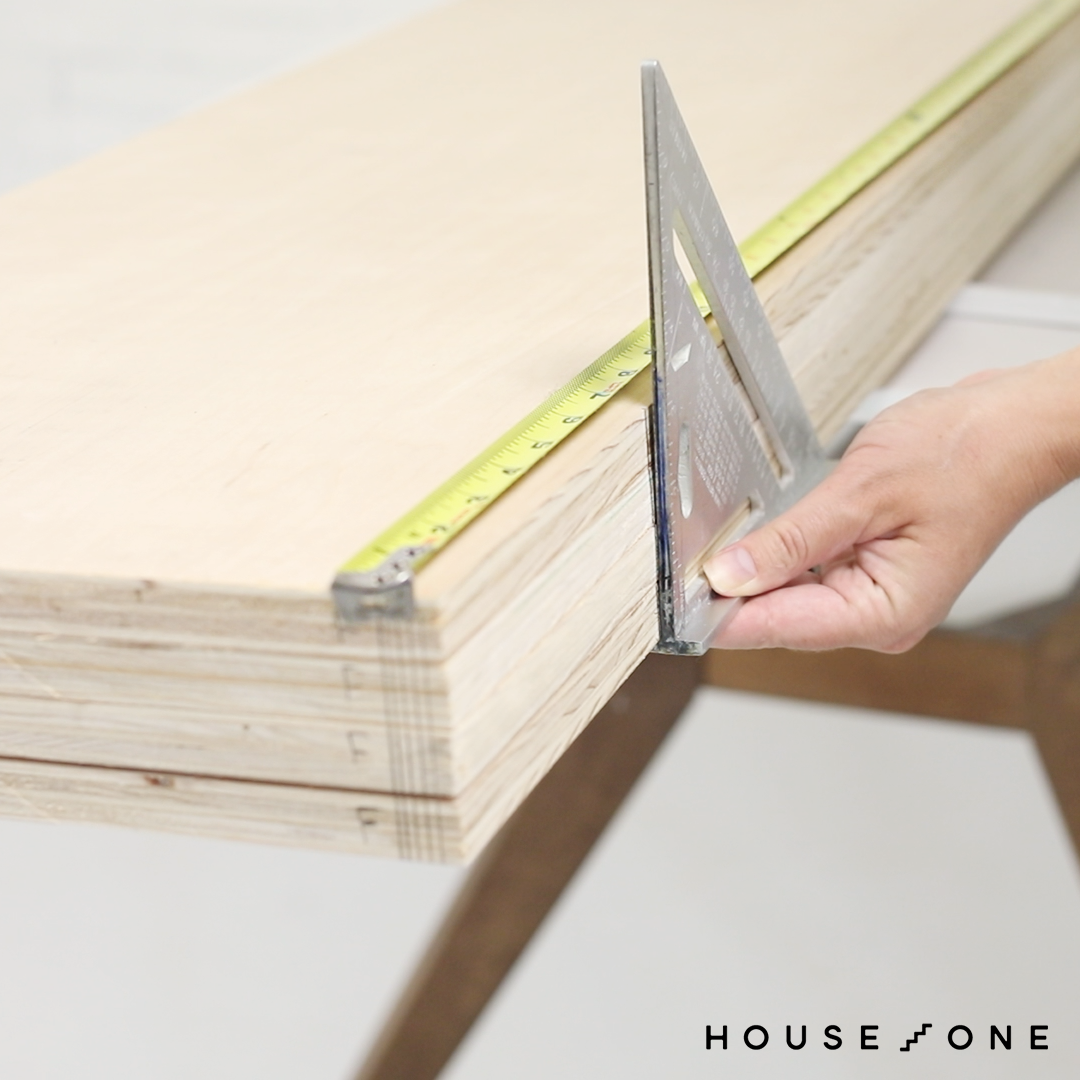
Next, take accurate markings for level shelving. Use a level or laser level to double-check your lines for consistency and accuracy.
- Stack the cabinet sides and mark the height of each shelf, starting from the bottom edge.
- Transfer these marks to create lines on the inside walls of each cabinet. This step ensures your shelves will be level from front to back during assembly.
Step 3: Layout the Pieces

When laying out the pieces, work on a flat surface and use corner clamps to help keep connections square during the next step.
- Lay out all the cut pieces, positioning the horizontal shelves between the vertical sides. This step helps visualize the final structure and allows you to make any necessary adjustments before assembly.
- Pre-drill holes for screws to prevent the wood from splitting.
Step 4: Assemble the Pieces
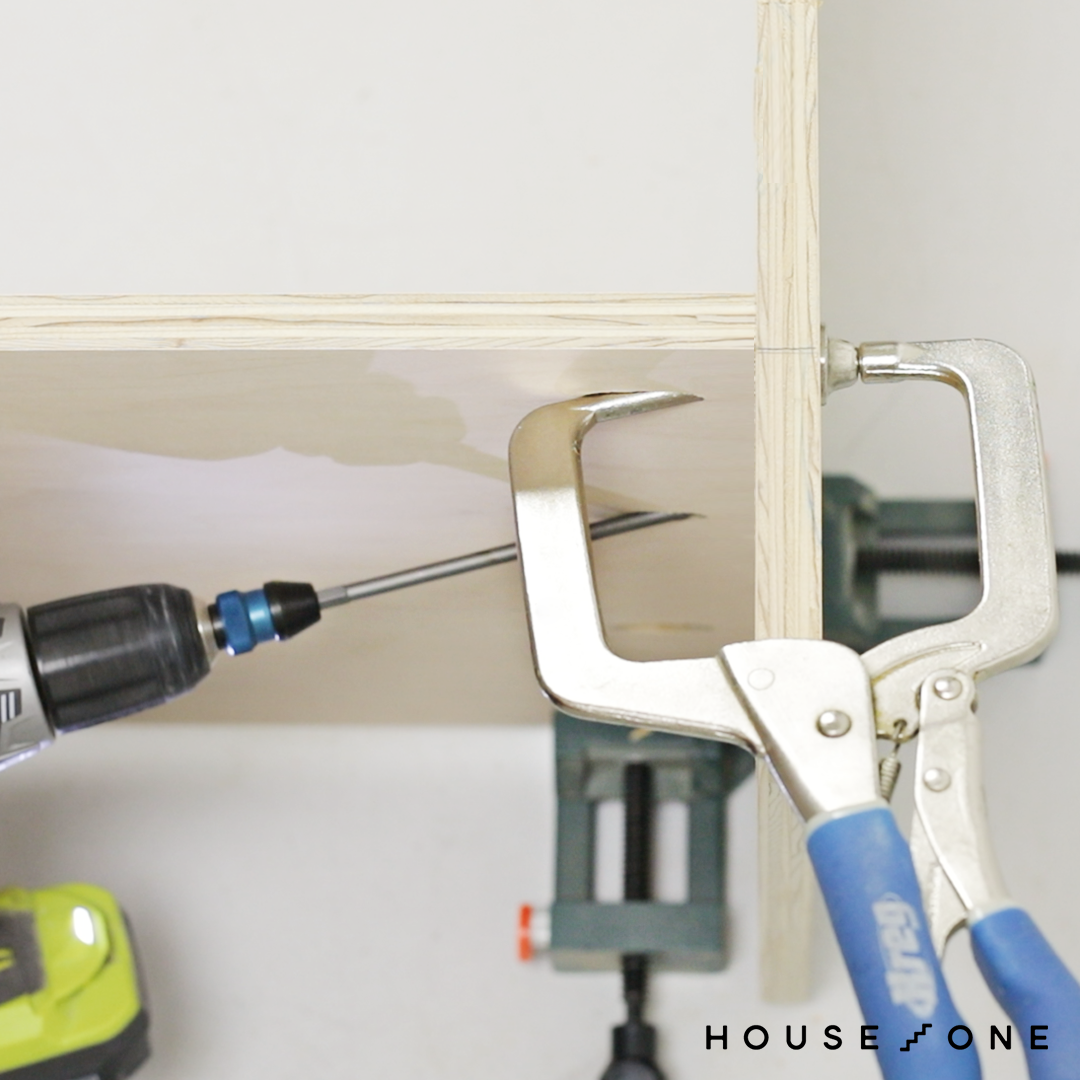
Use corner clamps to maintain square connections as you assemble the pieces. Follow these steps:
- Apply wood glue to the end of each shelf before positioning it in the clamp. A pocket hole right angle clamp can help keep the front edge of the board in place while you secure it with screws.
- After attaching one side of each shelf, apply wood glue to the opposing edge and carefully position the remaining cabinet side.
- To support the crown molding later, add supports under the bottom shelf and nailers at the top of each cabinet.
Step 5: Add the Dividers
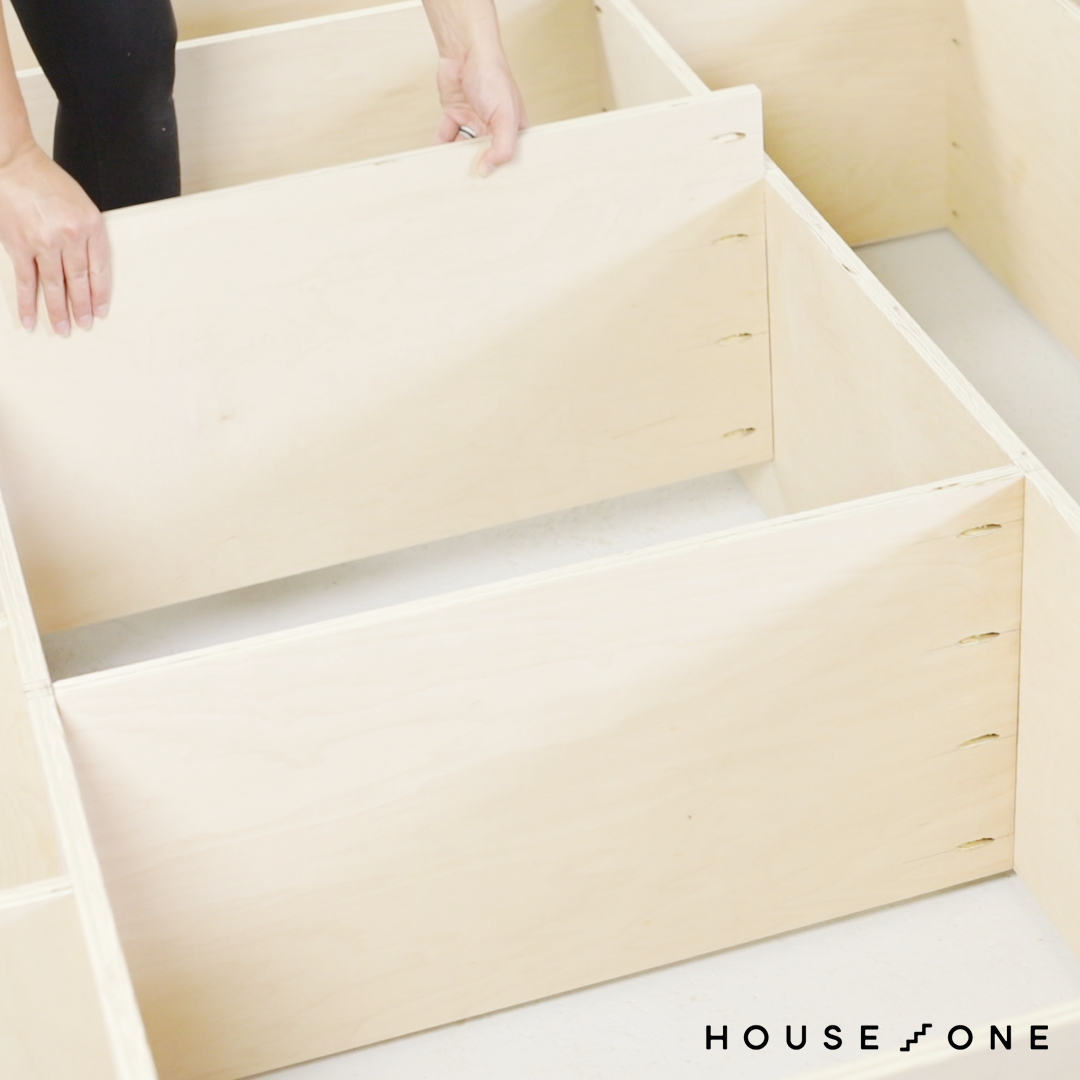
Vertical dividers add structure and create separate compartments within your shelving unit.
- Measure and mark the placement of each divider.
- Use pocket holes to attach the top edge of the dividers, and secure the bottom edge by screwing through the cabinet base.
Step 6: Add the Shelf Supports
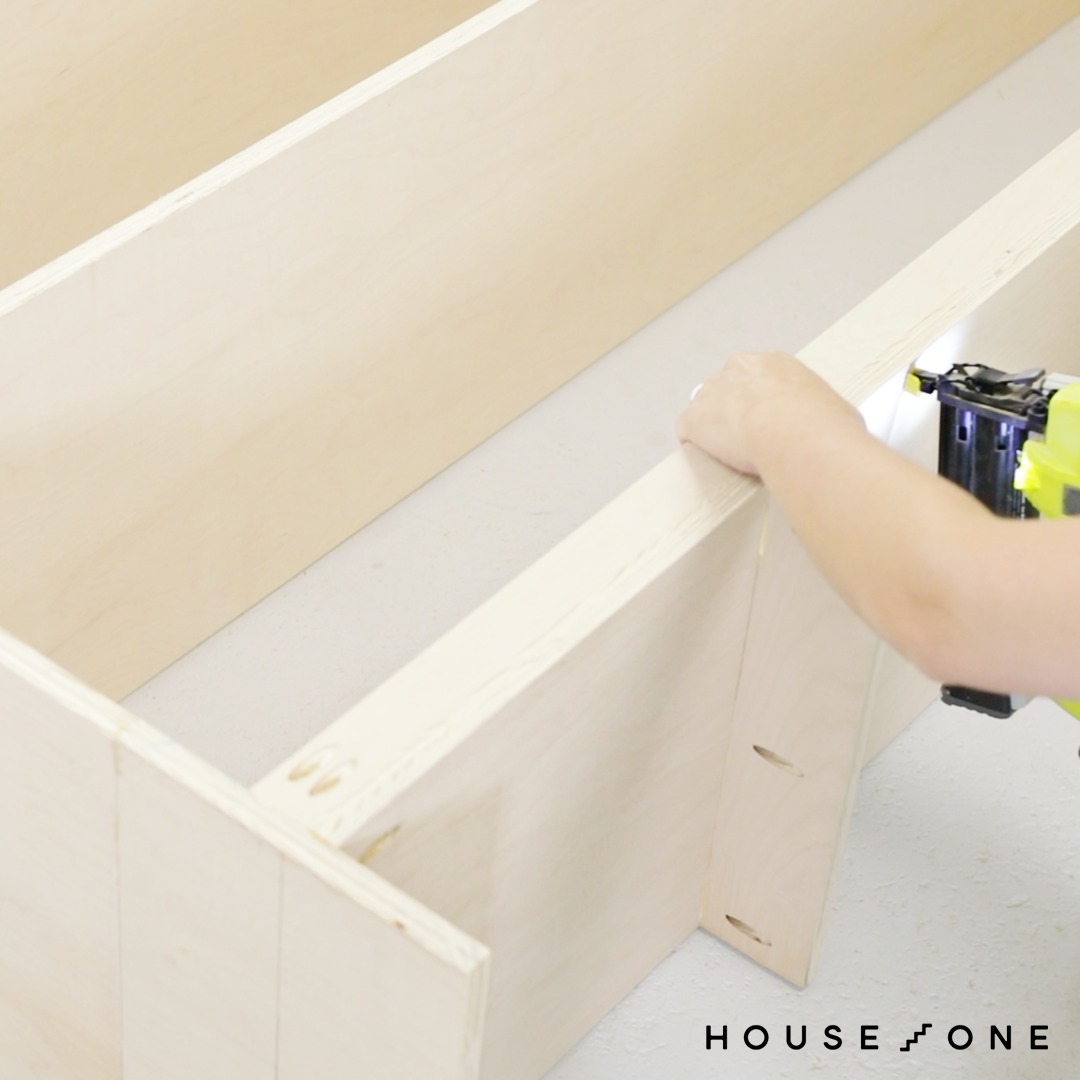
For wider shelving units, additional support is necessary to prevent sagging.
- Attach a 1×2 board on the edge below each shelf to distribute weight evenly.
- For maximum stability, screw these supports into wall studs so that your shelves can bear substantial weight without bowing.
- Confirm that the supports are level and securely fastened.
Step 7: Size and Install the Back Panels
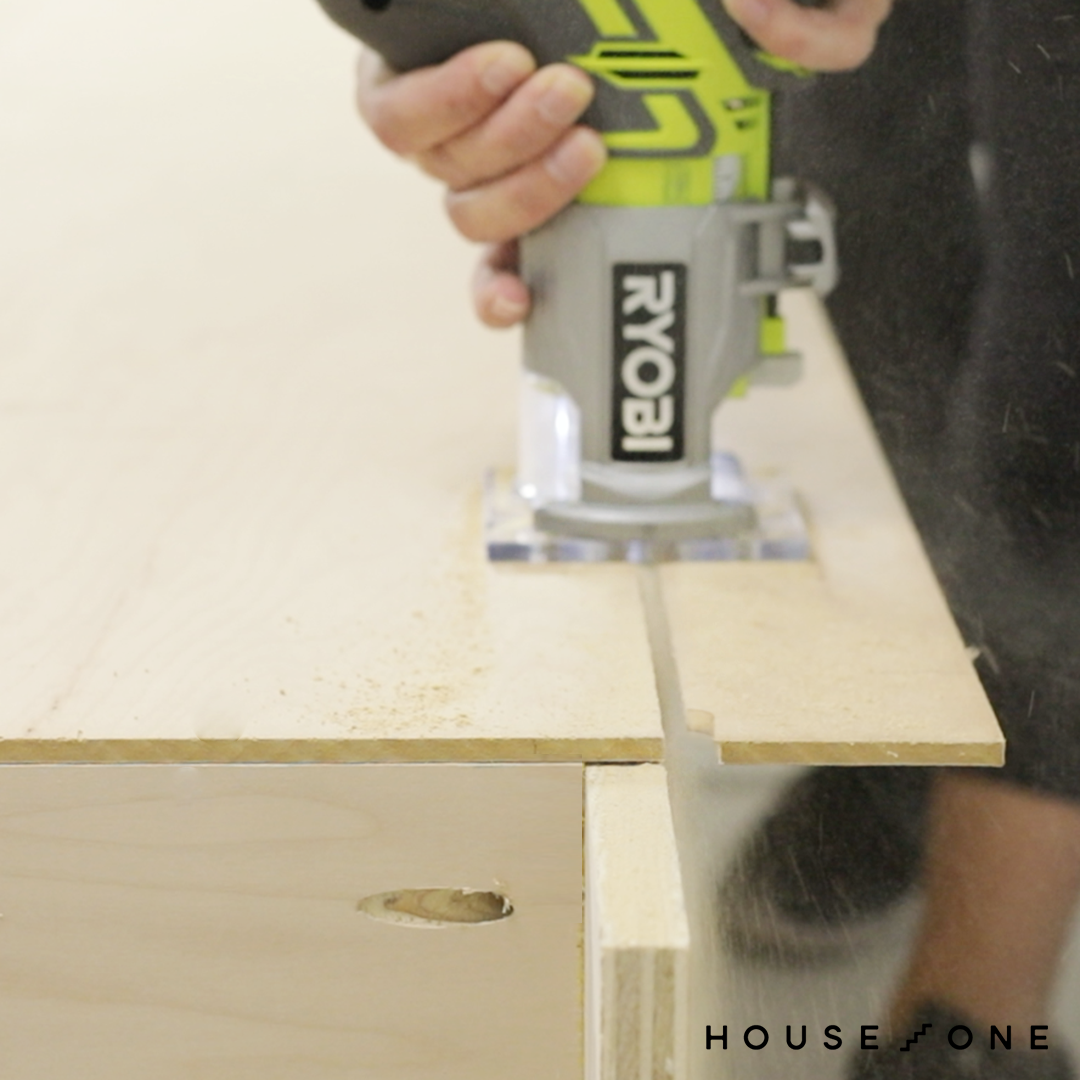
Back panels add rigidity to the structure and create a finished look.
- Use ¼-inch plywood for the backs, trimming them to fit with a router fitted with a flush-cut bit. If preferred, you can also use a jigsaw or table saw.
- Before securing the panels, mark the placement of each shelf on the back.
- Nail the panels into place through the back edge of the shelves and cabinet walls.
- For a cleaner finish, paint or stain the back panels before installation.
Step 8: Build the Face Frames
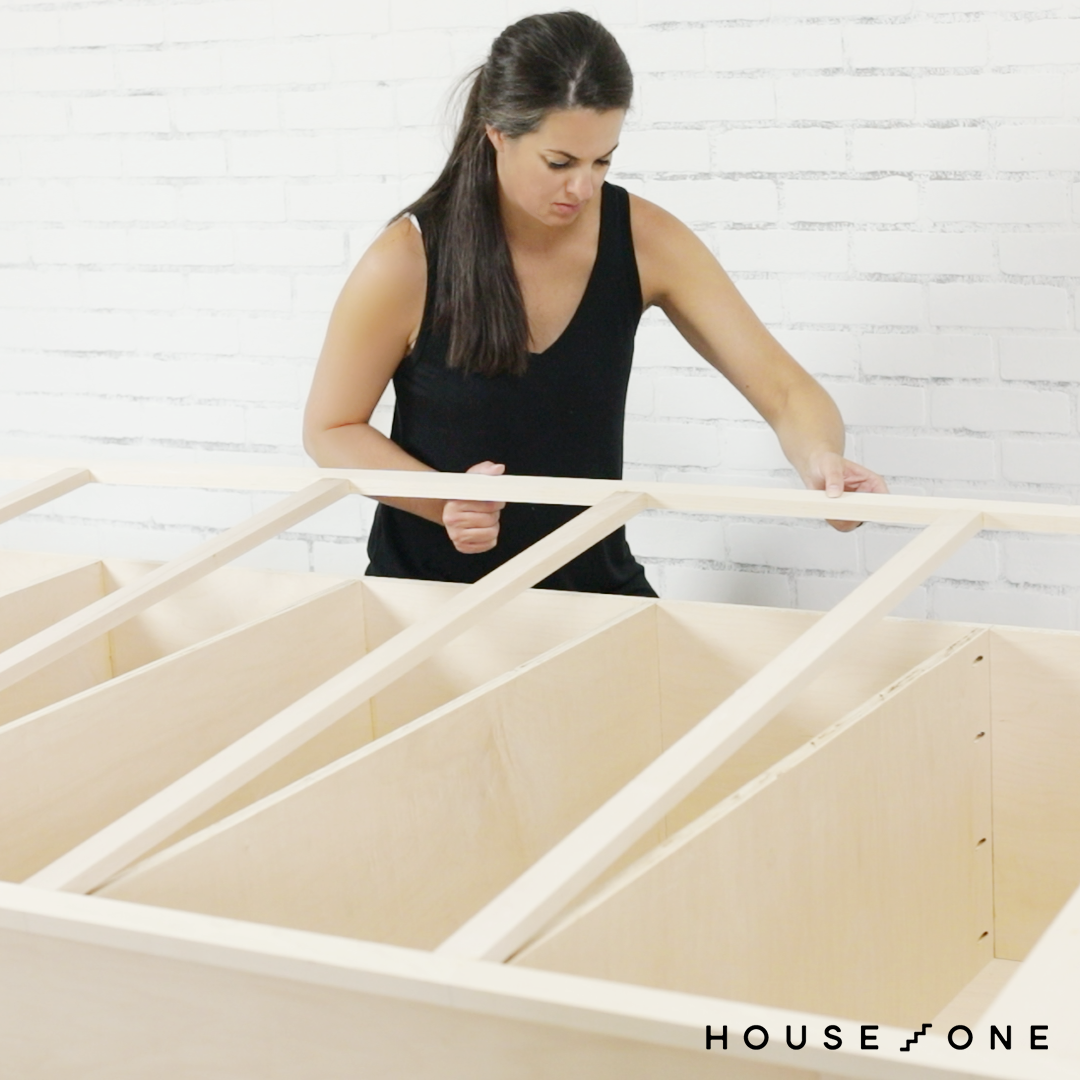
Face frames give your shelving unit a polished, professional appearance.
- Cut the frame pieces to size and drill pocket holes into the ends of all horizontal pieces.
- Assemble the frames face-down, using glue and screws to join the pieces.
- Once assembled, flip the frames over to check their fit against the cabinet structure.
Step 9: Finish the Cabinets and Prep for Install
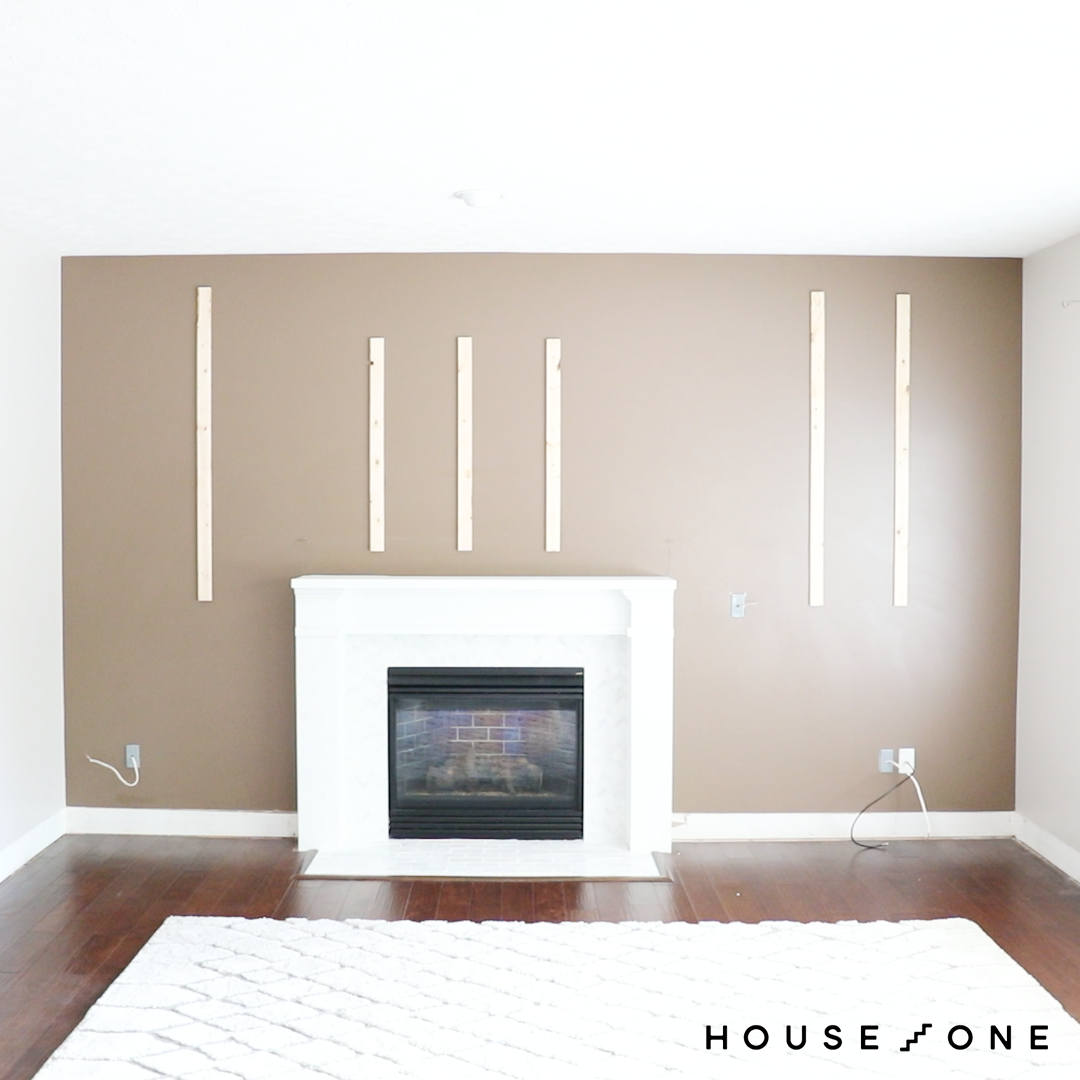
With the major assembly complete, it’s time to finish your shelving unit.
- Apply several coats of paint and let it dry completely between each coat.
- While the paint dries, prepare the installation area.
- Cut recesses for any electrical boxes and install furring strips over wall studs to create a cavity for wiring and to provide secure anchoring points for the shelves.
Step 10: Install the Cabinets
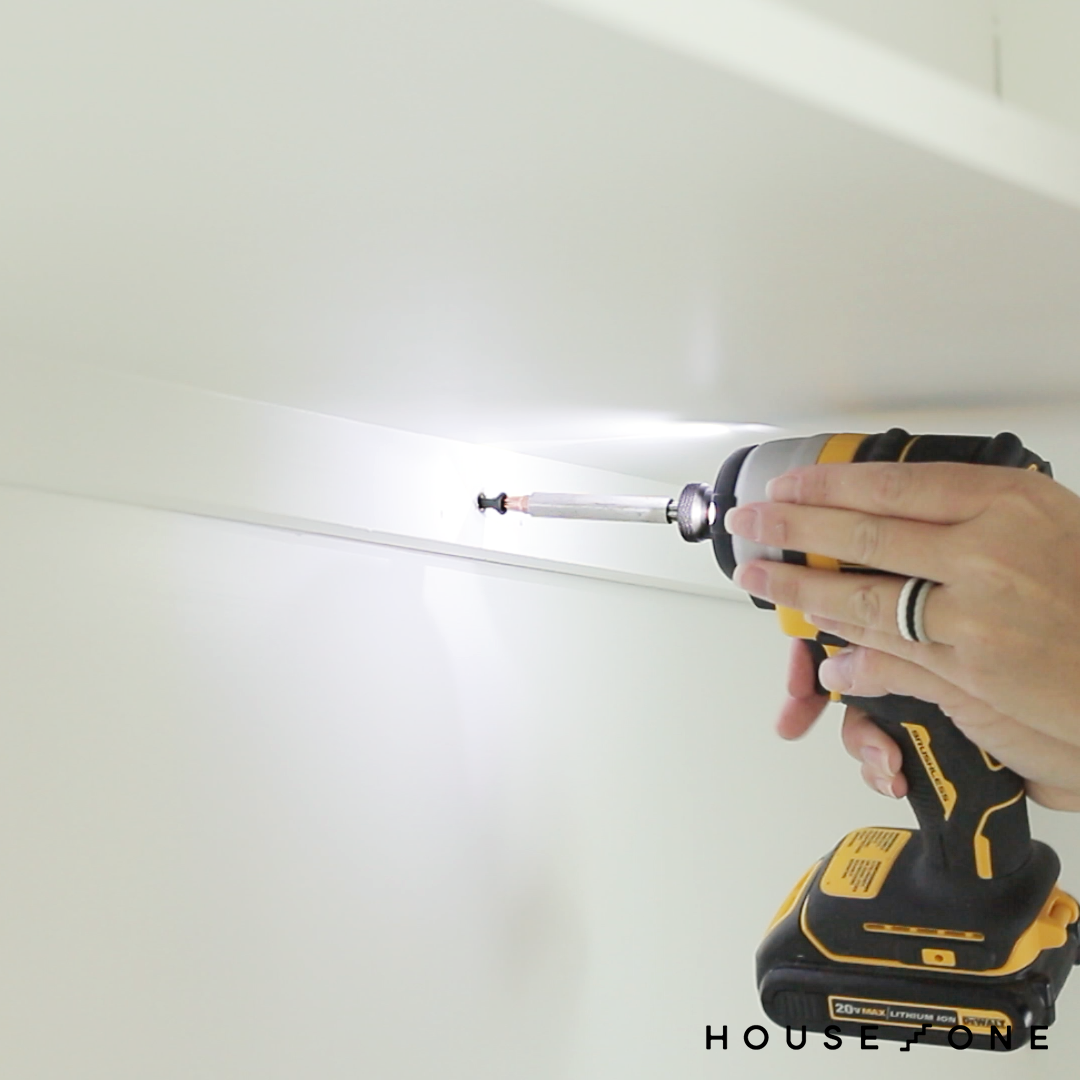
Now, it’s time to position the cabinets on the floor in their final location.
- Make sure they’re level and plumb before securing them to the wall.
- With help from an assistant, tip the units up against the furring strips.
Step 11: Add the Face Frames and Molding
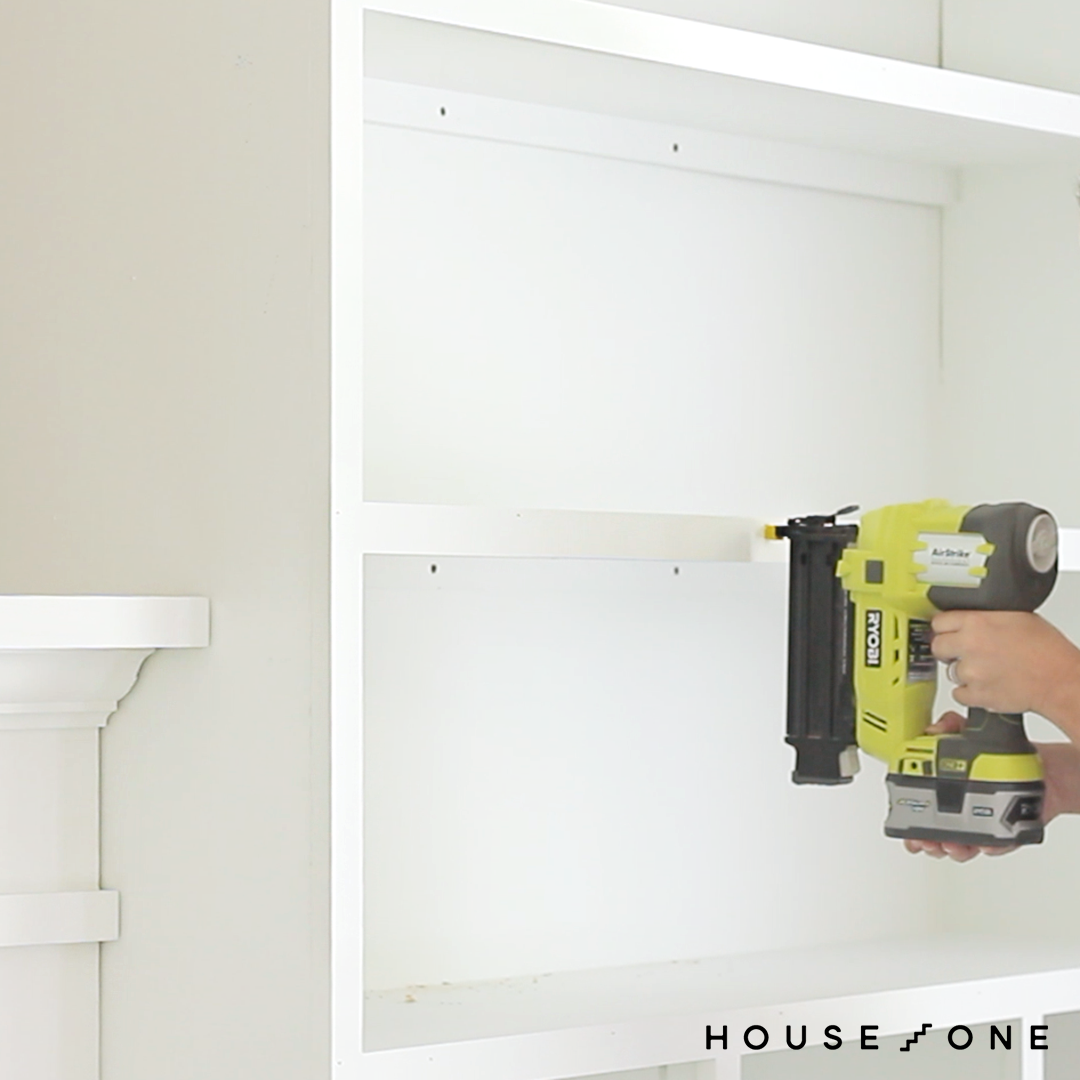
During this step, make precise cuts for a secure fit and professional finish.
- Install baseboard along the bottom and crown molding at the top for a seamless, built-in look. These finishing touches help elevate the overall appearance of your custom shelving unit.
- Attach the face frames to the cabinet structure using finish nails.
Step 12: Install the Central Panel
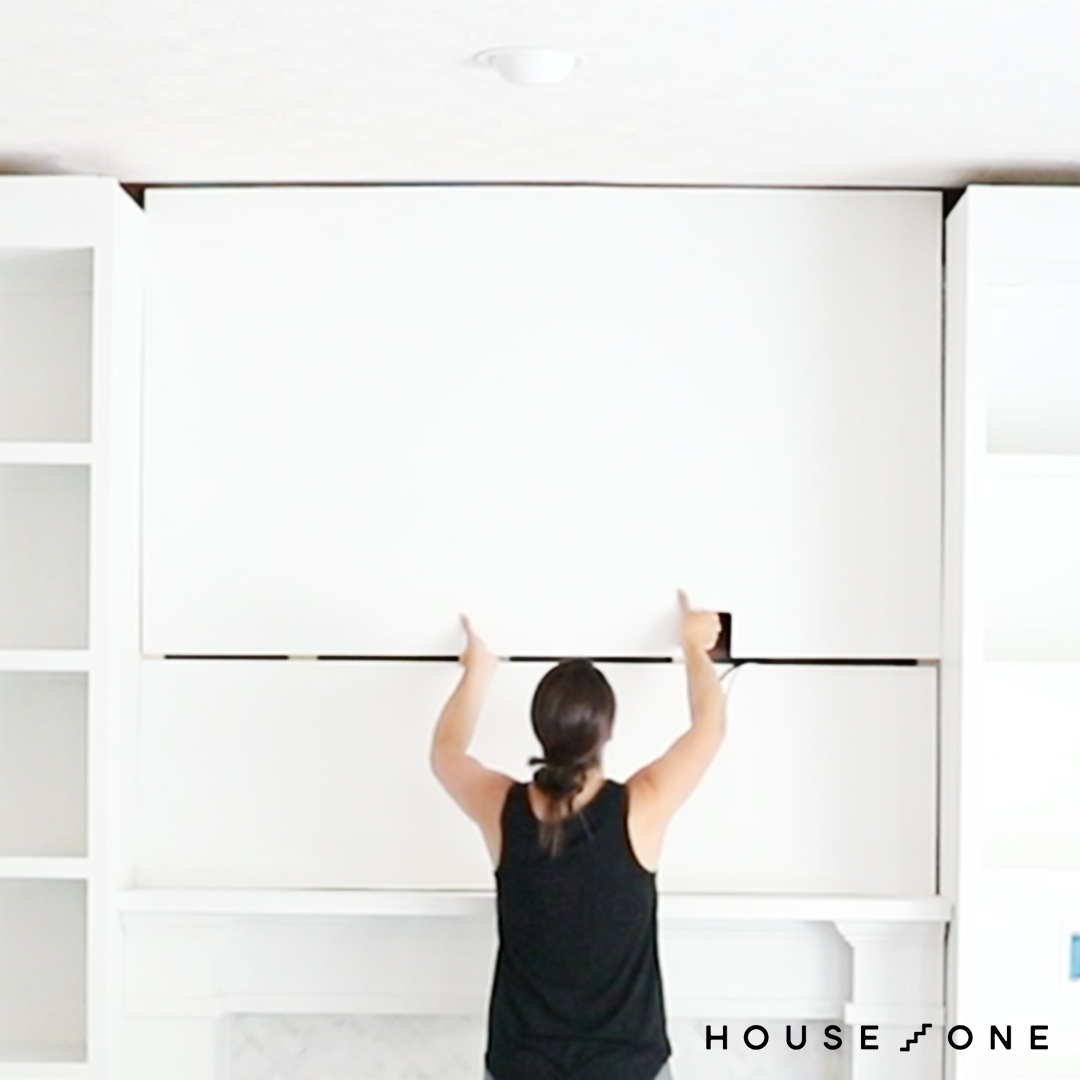
If your design includes a central panel, such as for mounting a TV, now is the time to install it.
- Run all necessary cords and wires through the cavity you created earlier.
- Size and install the center panel and any required mounting hardware.
- Double-check all connections to avoid issues later.
Step 13: Install the Doors
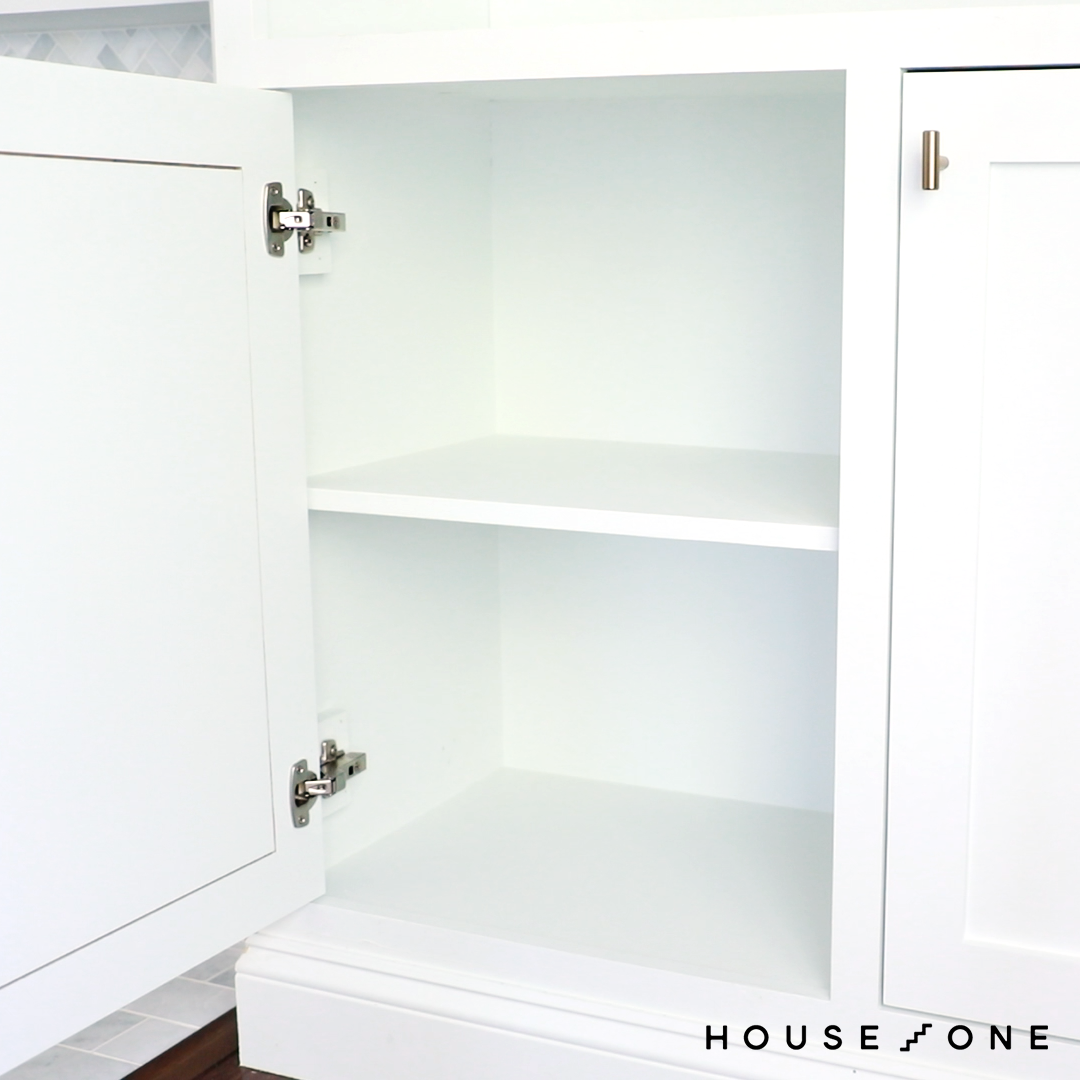
If your design includes cabinet doors, install them last. For a professional look, use European inset hinges. If your cabinets are designed for frameless doors, you may need to add spacer blocks inside the cabinet to accommodate the hinges properly. Test the doors to make sure they open and close smoothly without any gaps.
Step 14: Enjoy Your New Built-In!
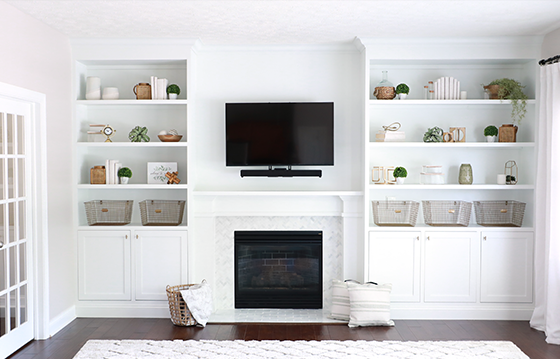
The final step is to put the finishing touches on your project. Fill any visible nail holes, caulk joints where necessary, and touch up the paint as needed. Once complete, step back and admire your handiwork—your DIY project is now complete!
